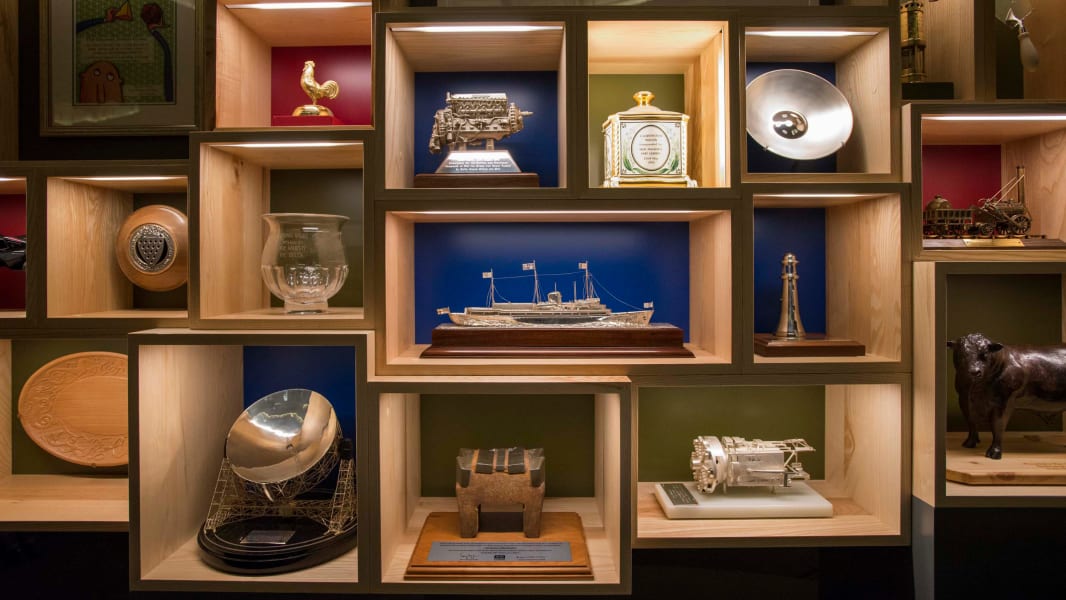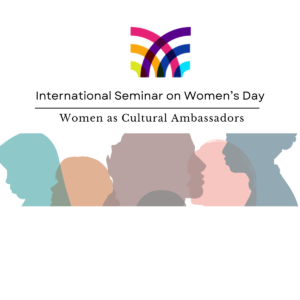
Since late antiquity, diplomacy has been subject to various protocols governing ambassadors’ treatment and behavior. With the gradual spread of new ways of doing diplomacy and the increasing correlation of diplomacy with sovereignty during the sixteenth and seventeenth centuries, questions of diplomatic ceremony in Europe became paramount. Diplomatic ceremonial accordingly developed both as a mechanism for regulating diplomatic interactions and the focal point for intense inter-sovereign competition. It was not until the nineteenth century that diplomatic ceremony began to decline as a point of intense international controversy, though it remains an element of practice in contemporary diplomacy.
History
The exchange of gifts during state and diplomatic visits demonstrates the good diplomatic relations between the states. This also presents a sign of the generosity that is required as a strategy of political representation. Gifts distributed to heads of states and heads of monarchies would be expressed as traditional depending on the recipient’s rank. With gifts distributed to the Kings, they were associated with the ritual act of knighting, or they were given as grateful recognition of rendered services. “On July 23, 1574, the Collegio (the Venetian council of ministers) resolved to commission the ambassadors extraordinary to purchase a magnificently equipped carriage as a gift for the king. As it was to serve his onward journey, the horses were accustomed to carriage harnesses and handsome. To complete the order in a short time, the ambassadors were permitted to appropriate such horses regardless of the owner or social status. Subsequently, the owners were to be paid.”
American Diplomatic Gifting
American diplomatic etiquette during the early national period largely conformed to the dictates of republican simplicity, giving it a certain uniqueness that set it apart from the court etiquette of the Old World. One of the most evident manifestations of the attempt to divorce American diplomatic etiquette and protocol from the traditional and time-honored practices associated with European Court usage involved the giving and receiving of diplomatic gifts and emoluments. In places such as the United States, where diplomacy aims to promote “security, prosperity, democracy, and economic development,” gift exchanges may seem an unusual tactic. Yet, the tradition maintains a place in international relations today.
However, there existed many occasions upon which the governments of Europe gave presents to foreign ministers stationed at their respective courts; the two most common instances were upon the conclusion of treaties and international agreements, and the completion of the foreign ministers varied widely from court to court and from diplomat to diplomat. John Quincy Adams was an expert on such matters, explained that the usual present received by diplomats at the Court of St. James was “ a sum of money, graduated according to his rank, or a gold box, or another trinket of equal value” while at St. Petersburg “this present usually consists of gold snuffbox with the portrait of the Emperor enchased in diamonds, the value of which is proportionate to the rank of the minister and to the degree of satisfaction which the Emperor thinks proper to manifest with his conduct during the mission.”
Most diplomats and heads of the state rely on a specific department to help them choose their presents. In the US, the Office of Protocol’s Gift Unit selects presents with varying degrees of success. In 2014, for example, secretary of state John Kerry gave Russian foreign minister Sergej Lavrov two large potatoes from Idaho. It seemed an unnecessary humiliation for Lavrov, who had already received a questionable gift from Kerry’s predecessor. In 2009, Hillary Clinton, then secretary of state, handed him a replica of a red button supposed to symbolize an easing of tension between the two countries. Yet the word peregruzka that appeared under the button meant “overcharged” and not “reset,” as the Office of Protocol had intended.
European Diplomatic Gifting
European and Mughal rulers and their envoys shared a common ground of diplomatic gift-giving practices shaped by an understanding of what was worthy of giving and of the symbolic power of the given objects. Gift-giving between European monarchies was also unique as it was realpolitik: receiving objects became a manner of securing, or maintaining, a favorable position with a diplomatic counterpart or adversary based on the value of the gift. Gift exchange between monarchs and states of equal standing has a long European history. Gifts would be offered directly at monarchical encounters: more often, they were given as proxy for heads of State. Sixteenth-century diplomacy used all gifts—animals, plates, jewels—along with the new gift of portraits, which were a particularly intimate form of present, affirming identity. Ambassadors, who were now increasingly often residents in London, brought gifts and were rewarded by the Crown. Elizabeth, James, and Charles had to develop tariffs of reward, reflecting the status of an embassy and the honor due to the servants of a foreign prince. Such rewards were matters of political importance, closely scrutinized by domestic and foreign observers.
Why do Diplomats Give Gifts?
A state gift often captures a nation’s essence, chosen for its ability to exhibit pride in a unique culture and people. Gifts of state may showcase fine or folk arts, crafts, or craftsmanship traditions. They may display wealth in precious stones or metals, fine textiles, and apparel. Gifts may draw from a rich heritage of antiques and antiquities or an expressive storehouse of cultural icons. This way, the gift becomes more than a mere formality but a reminder of the special alliance between the gift giver and receiver. Diplomacy comes in many different forms, but one is often forgotten: the long-standing tradition of state officials exchanging gifts. These gifts, meant to “welcome, honor and cultivate beneficial diplomatic relationships,” come in many shapes and sizes but often emphasize the workmanship of local businesses, historical craftsmanship, or local luxuries and materials. Sometimes surpassing the ordinary and requiring stringent accountability, they make us question the role of diplomatic performance, the effectiveness of government oversight, and the impact of symbolism.
Diplomatic gifts can indeed offer a lasting, positive image of allyship. The practice of diplomatic gift-giving overall requires striking a balance; this tradition holds potential for showing off a country’s cultural and material richness and for being a performative, diplomatically sensitive action. Perhaps our affinity for gifts and gifting to others is at the root of this norm. Diplomatic gifts may not be, after all, much different in intent or expectation than birthday gift-giving or any other holiday present. However, given the complicated processes and interactions that they require and the wealth they represent, it may be worth exploring their place among countries attempting to promote democratic and meritocratic values, as well as re-evaluating best practices.
The giver is ultimately the person who will benefit most in the exchange if the present creates an expectation for a gift in return.
ADVERTISE YOUR COMPANY INTERNATIONALLY IN OUR MAGAZINE GLOBAL MINDSET
ProtocolToday Magazine
Share this article

Writer by Eric Muhia, International Studies and Diplomacy Graduate Student and Young Diplomat.
10 June 2021, Kenya
Category: Diplomacy
Reference: EM10062022D




